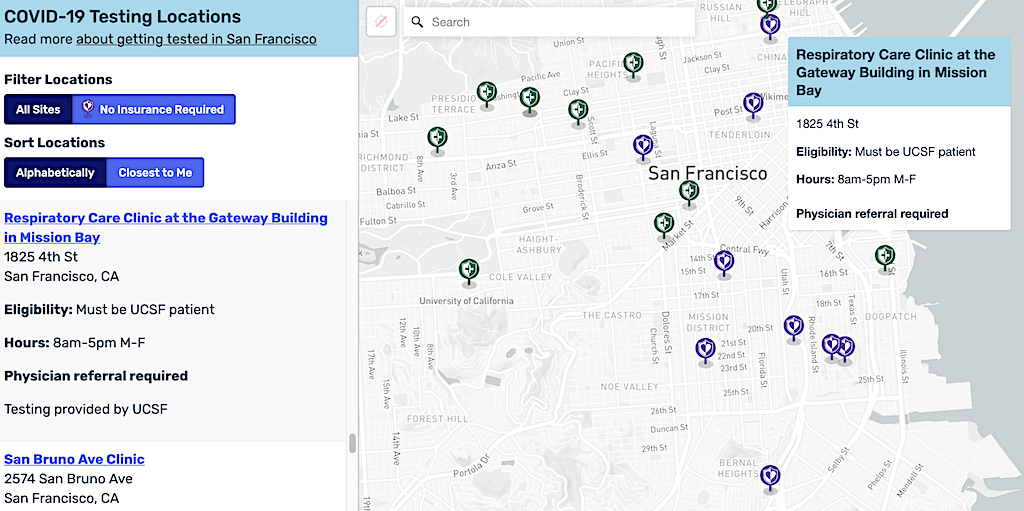The coronavirus pandemic changed the way we think about travel, school and work. It also flipped the paradigm of how people navigate disasters. We need agile, open-source, community maps — in paper and online — more than ever.
Disasters then
If there’s a fire, an earthquake or a flood, some people will need to leave their homes to find nearby shelter. There’s likely to be limited wifi, Internet access and possibly power. And, generally, these conditions persist for a limited time. The rule of thumb for sheltering at home was to keep stores of food, water and medicine to last 72 hours.
While some disasters have a larger geographic footprint than others, it’s a given that some people can head to an unaffected area (staying with relatives, friends or in short-term rentals or hotels) away from these harsh, temporary conditions.
This is where paper maps make sense. They highlight what you might need (shelter, gathering spots, gas stations), highlight potential dangers and work when everything else has gone offline.
Disasters now
The pandemic flipped everything. Directing people to a crowded, indoor community center could be deadly.
There’s also no getting away from the disaster: Even when travel restrictions and cascading lockdowns permit, you’re risking the health of the people you stay with or could find that hotels and short-term rentals are forbidden, except for essential workers.
Sheltering in place now means storing food and supplies for 10-14 days, or the maximum amount of quarantine.
Many people who can shelter in place also have connectivity, but that doesn’t mean they can access to updated information on their surroundings. Much of what people search for now for is dynamic (pop-up vaccination sites) and specific to navigating lockdowns (with even the public libraries closes, which public restrooms are open?)
Here are a few more examples:
If grocery stores have limited capacity, which ones are most crowded?
A new type of @resiliencymaps: Here’s which supermarkets have longest lines. Even cooler: both #filaindiana & #dovefila run on @OpenStreetMap! pic.twitter.com/2cFM6HTUHI
— Resiliency Maps (@resiliencymaps) March 27, 2020
Two Italian projects tackle the line problem during the spring 2020 lockdown.
Where can you get a COVID test? Who is eligible for free ones? And which sites are closest to you or fastest to book?

In San Francisco, Apple maps offers a very slim roster of sites, most of them hospitals. How many folks who live here need a list of hospitals?

Google maps does a better job of including labs and private medical practices along with the city testing sites, but relevant information about booking, eligibility and price only pop up on the sidebar, making it more or less useless on a mobile phone.
The city government offers the most complete map of public and private testing sites with info pop-ups on eligibility and drop-ins (great if you’re on a smartphone) built on open-source tools.

However, if you use a search engine, the government results aren’t the first to show. Google.com shows their map and location addresses below as a first result, swallowing the “above the fold” screen real estate ahead of the government info.
Is it the end of paper maps then? Not quite. We’ve been making and printing paper maps of temporary public restrooms since March. With San Francisco on lockdown to stop the spread of coronavirus, it’s more challenging than ever for homeless people to find a place to wash up. And you need to know where those locations are nearby, using as little battery and reliance on wifi as possible.
To help locals find what they need in an ongoing crisis like the pandemic, we need maps that are dynamic, community-based and that work in the format most likely to deliver the information needed.
Our gears are turning about how to make better online and offline maps to navigate the crisis.
Get in touch if you want to work with us, and stay tuned!
Cover image photo: Marc-Olivier Jodoin on Unsplash

One thought on “How COVID-19 flips disaster maps — and what’s next”